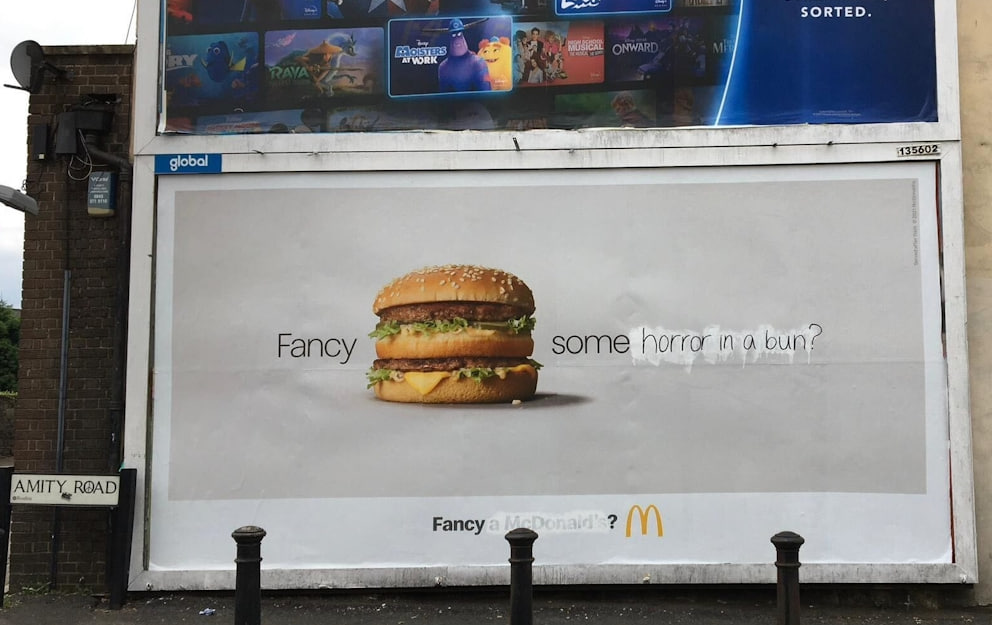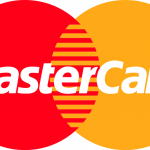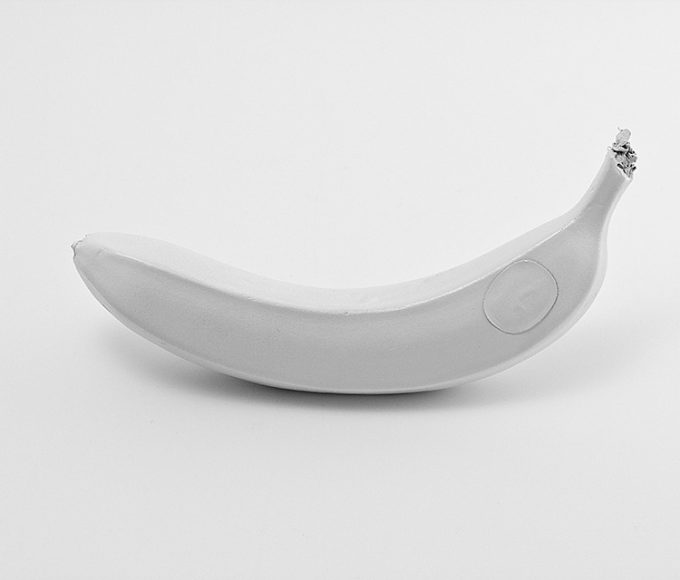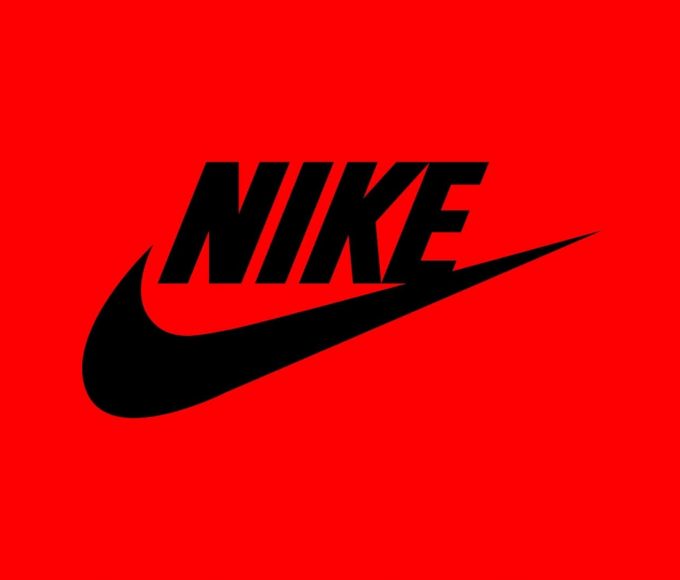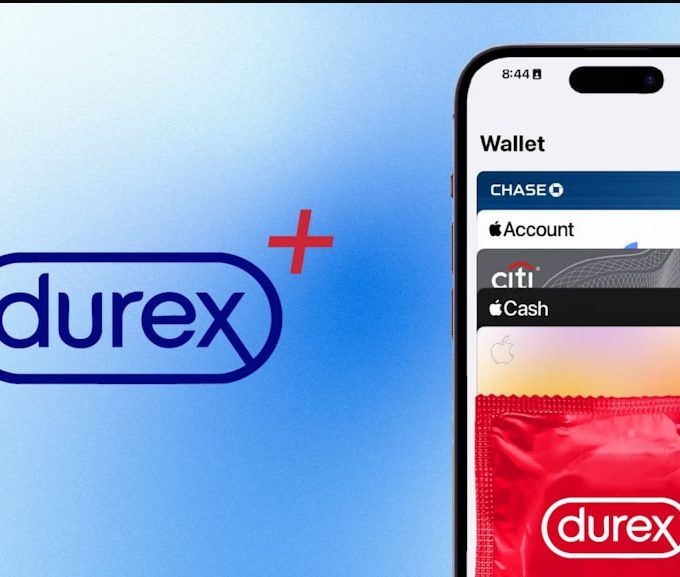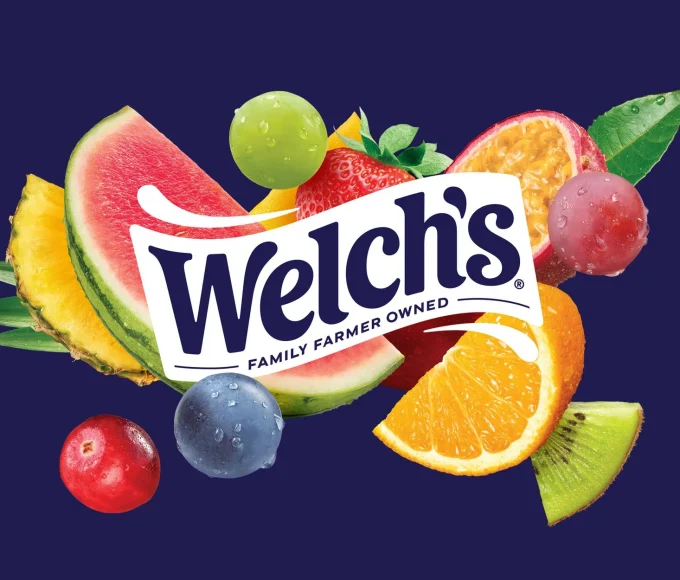Wearing a high-visibility vest and armed with nothing more than a hex key, a graffiti artist has been transforming billboards and bus stop posters, using creativity to challenge consumer culture.
Unlike a typical creative career profile, this story keeps the subject’s identity anonymous. What it highlights is not a path to professional success, but how imagination can push back against the relentless presence of brands and advertising. In essence, it’s a tale of anti-advertising—using the very tools of the industry to subvert it.
“I grew up with parents who weren’t really into authority,” the artist explains. “They weren’t lawbreakers, but there was always a bit of a ‘stand your ground’ attitude.”
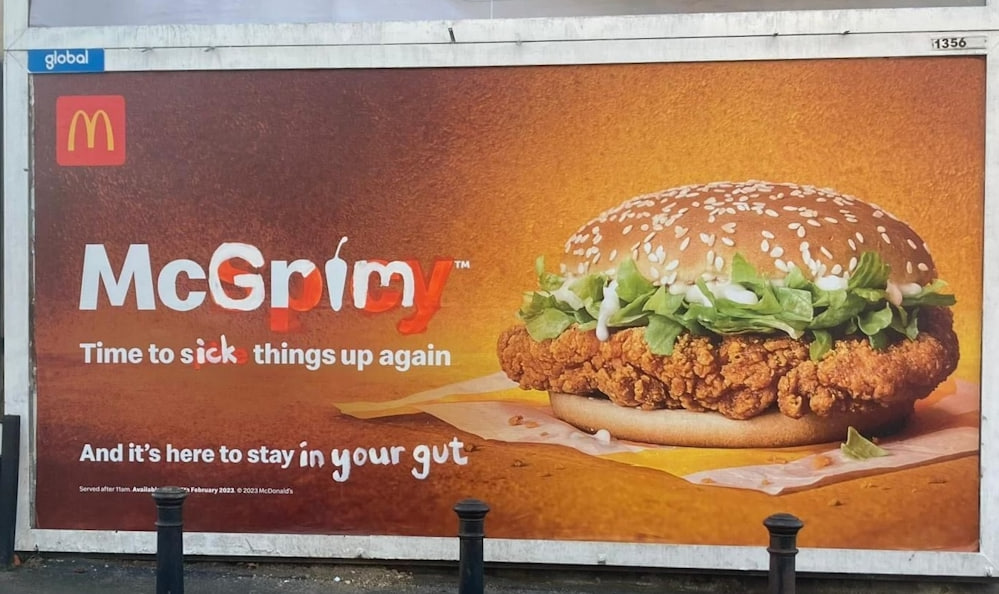
Their own approach began three years ago when they felt compelled to respond to the overwhelming commercial messaging around them.
“One day, I passed a huge fast-food billboard and just got fed up. I went home, grabbed a pen, and added something to it. That small act caught people’s attention, and I realized I wanted to do it again.”
The campaign of subversion grew until the billboard was removed entirely. Since then, the company has not returned to that site.
Next, the artist focused on bus stop posters. Preferring not to damage public property, they developed a careful system: using a hex key, they would unlock the poster case, take the ad home to alter it, and quietly return it.
Contrary to what one might expect, all of this happens in daylight. “It’s about being bold but not causing trouble,” they say. “Wearing a high-vis jacket and acting like you belong makes everything easier.”
One recent piece altered a burger ad to read humorously as ‘Big Arse.’ So far, the company has not reached out regarding any of the work.
Community and connection play a big role in the artist’s motivation. “Initially, it felt personal. But talking to others, I realized people appreciated what I was doing. They understood it.”
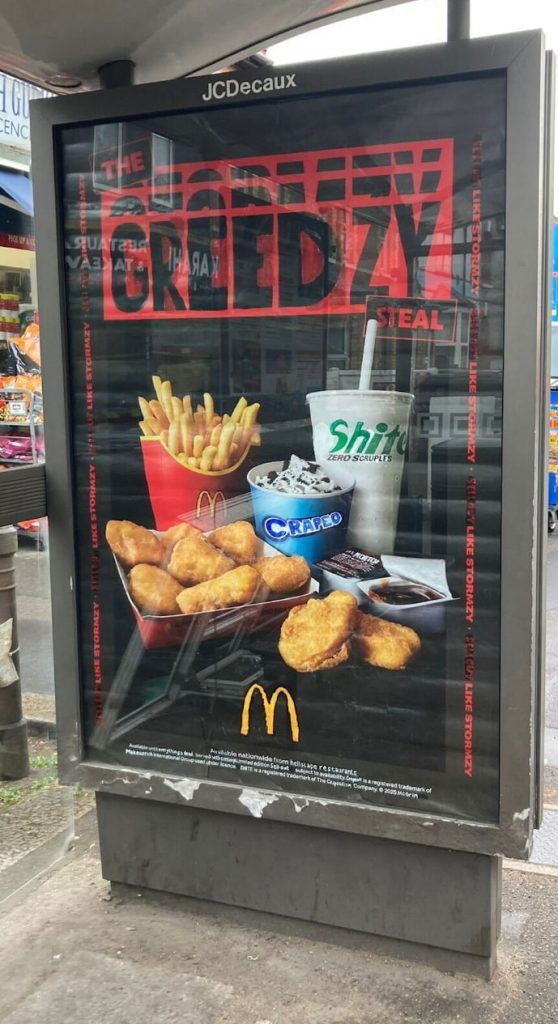
The artist draws inspiration from the activist collective Brandalism, known for “subvertising”—turning public ad space into satirical commentary on consumerism and social issues. “It’s about small changes that make a brand look ridiculous or funny,” they explain.
They are also motivated by the need for honesty in advertising. Historical cases of corporate overreach, such as high-profile legal battles involving large companies, resonate with their approach. “It shows the gap between ordinary people and the power of corporations. I’m not against all advertising, just the intrusive, manipulative kind.”
The artist emphasizes that this work is non-violent and a form of direct action. “It’s a way to respond without harming anyone. Companies can afford a few altered posters—it’s a tiny rebellion.”
Often called the ‘Banksy of fast-food ads,’ they clarify the distinction. “Banksy’s work is clever and layered. My work is blunt. I want it to be immediate and in your face.”
To date, the artist has reimagined around 40 posters and plans to continue their campaign.

